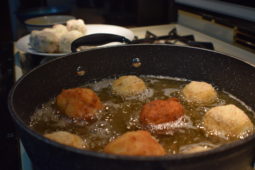The Art of Knife Sharpening: Techniques for Maintaining a Razor-Sharp Edge
Knife sharpening is an essential skill for anyone who cares about cooking. A dull knife not only makes food preparation more difficult, but it’s a safety hazard in the kitchen. There are many different techniques for knife sharpening, and each has its advantages and disadvantages.
We’ll explore eight different methods for sharpening knives, from the traditional sharpening stone to the modern electric knife sharpener. Whether you are a professional chef or a home cook, there is a technique here that will work for you.
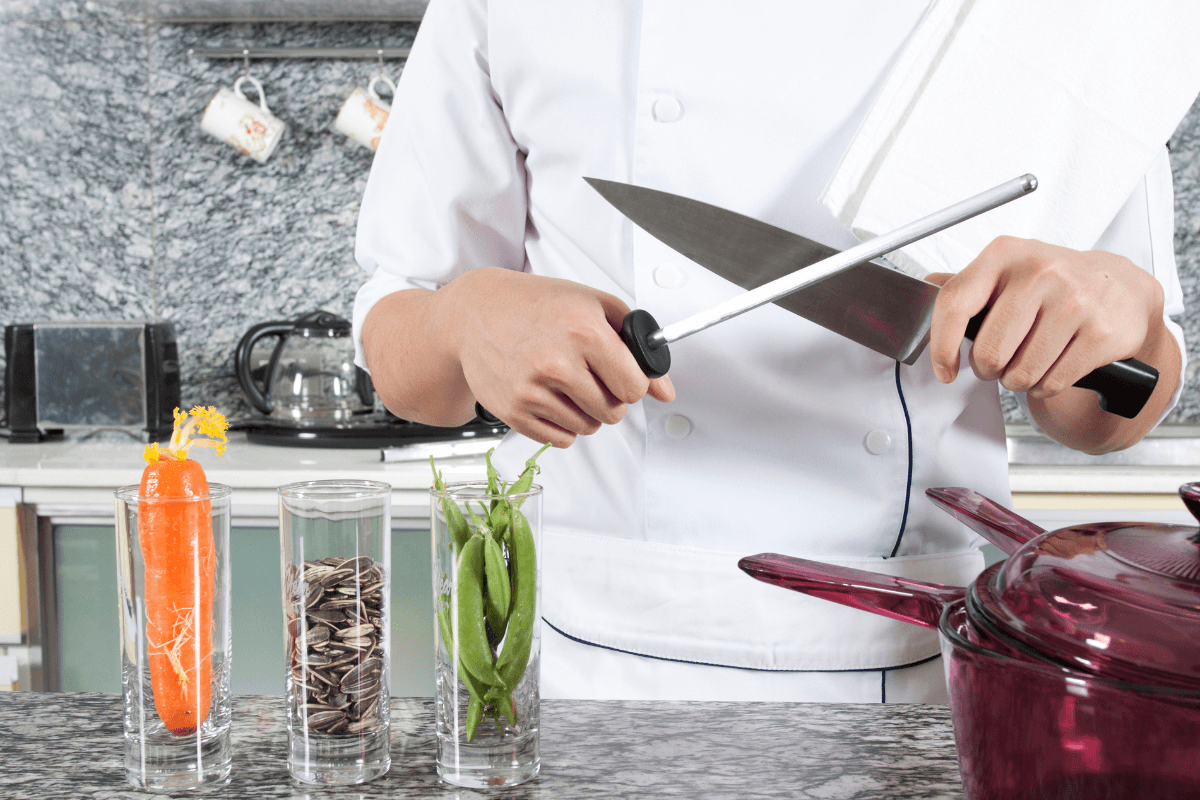
By the end of this article, you will have the knowledge and skills to keep your knives sharp and ready for any culinary challenge. So, let’s dive in and explore the world of knife sharpening techniques.
Honing
This technique involves using a honing steel to straighten the blade’s edge. Hold the honing steel vertically and run the blade along it at a 20-degree angle, starting at the base and moving up to the tip. Repeat on the other side.
Whetstone
A whetstone is a sharpening stone used to remove nicks and burrs from the blade’s edge. Wet the stone and place it on a non-slip surface. Hold the knife at a 20-degree angle and run it along the stone, starting at the base and moving up to the tip. Repeat on the other side.
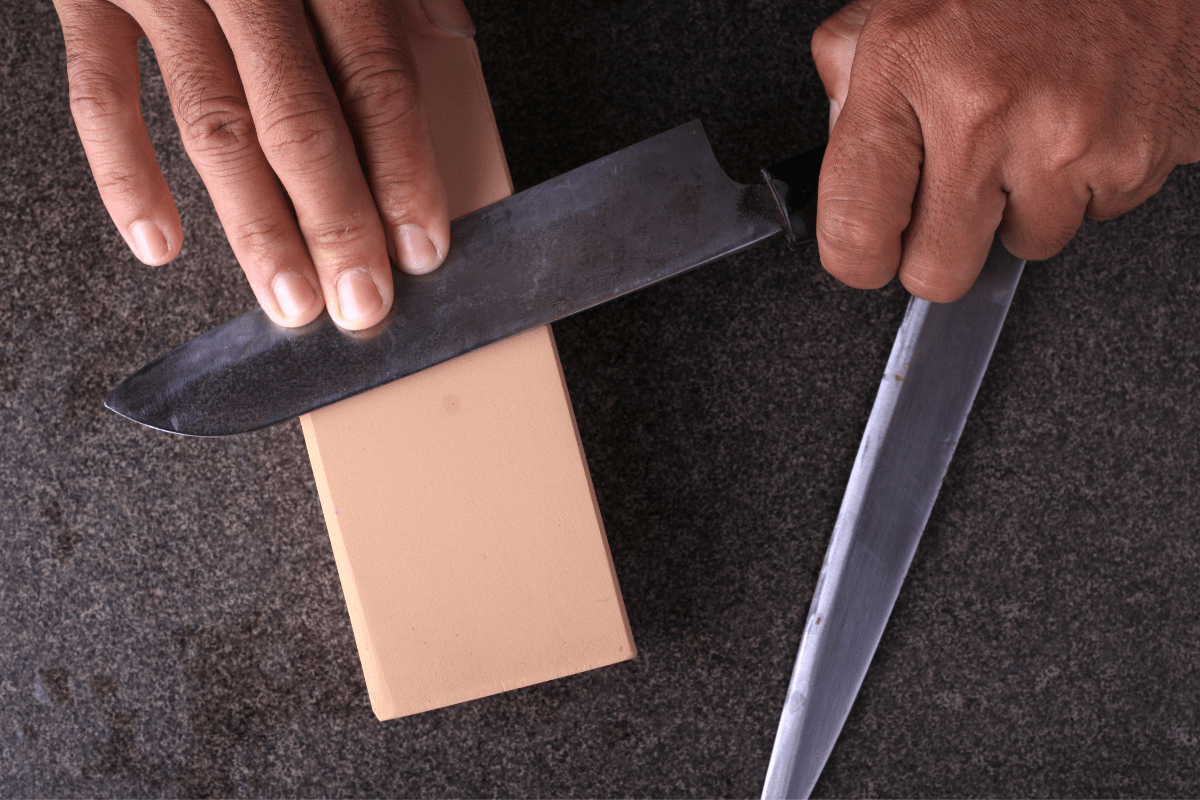
Electric Sharpener
These sharpeners use abrasive discs to sharpen knives quickly and efficiently. Follow the manufacturer’s instructions for use and make sure the blade is properly aligned.
Belt Sander
A belt sander is a power tool that can be used to sharpen knives. Use a fine-grit belt and hold the blade at a 20-degree angle, moving it along the belt in one direction.
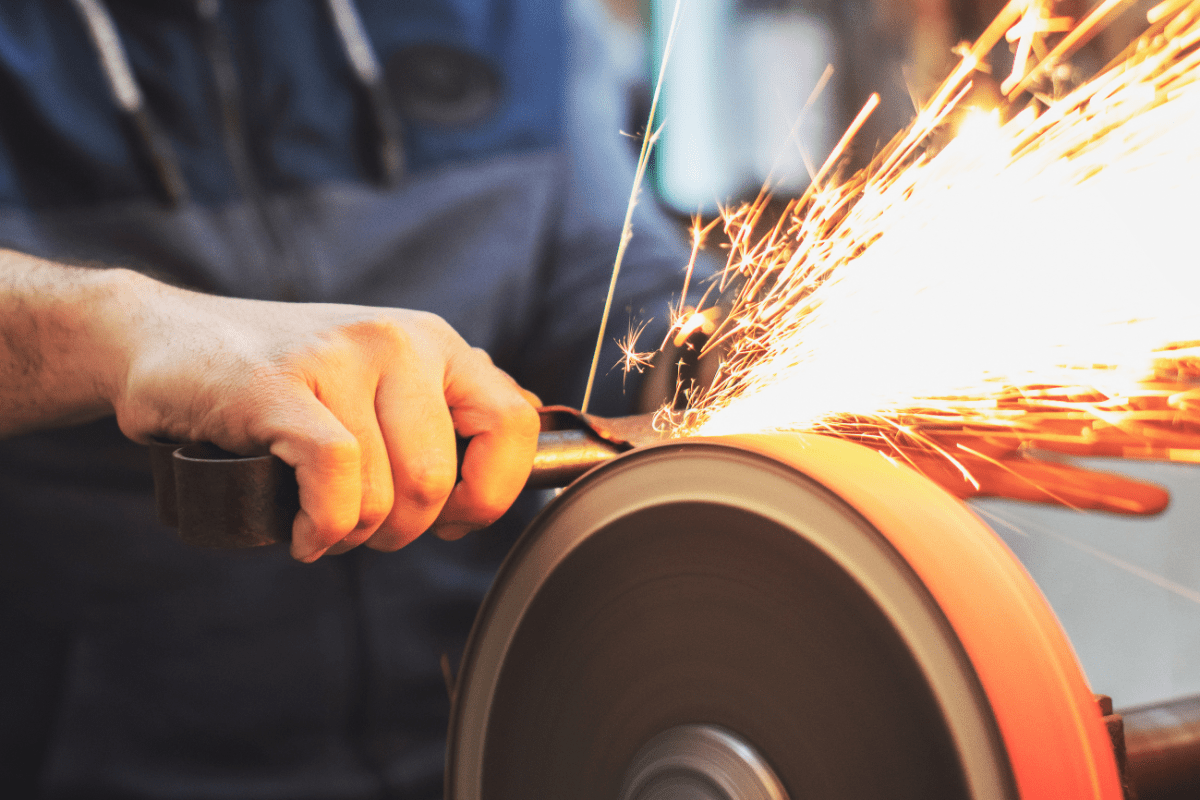
Manual Sharpener
These sharpeners typically use diamond or ceramic rods to sharpen the blade. Hold the knife at a 20-degree angle and run it along the rods, starting at the base and moving up to the tip. Repeat on the other side.
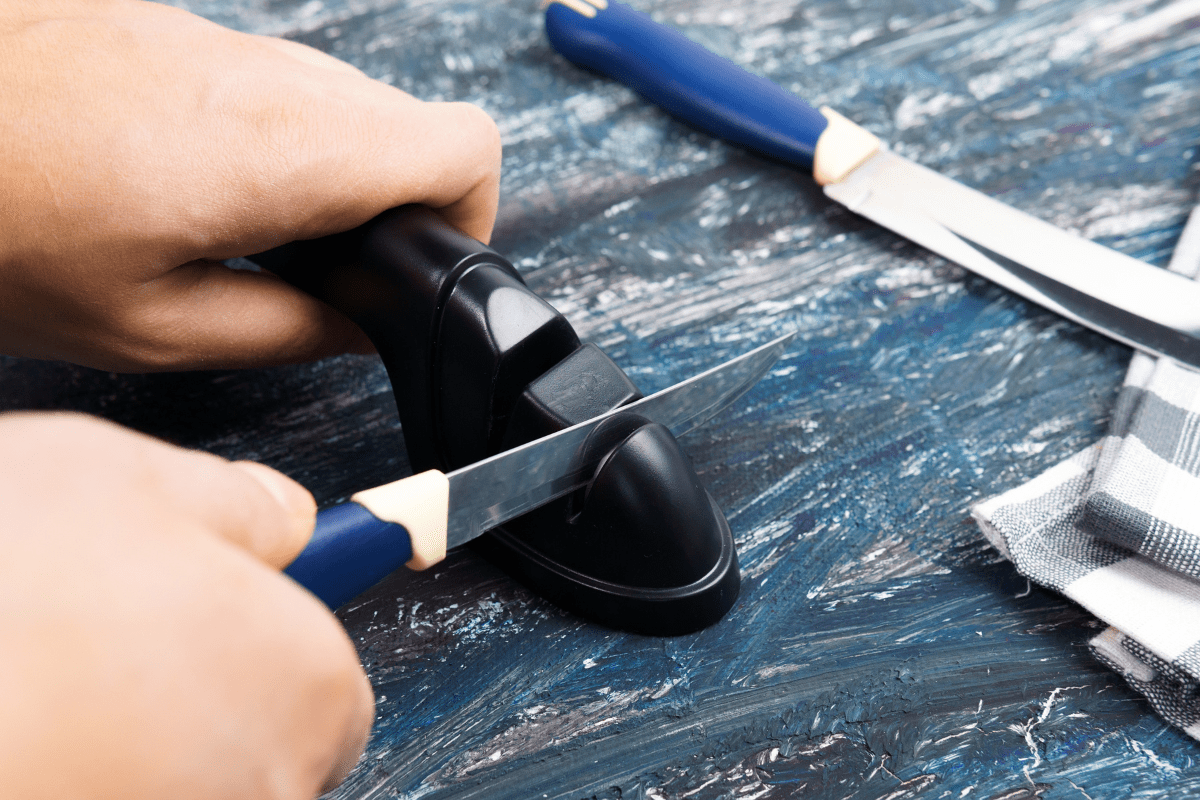
Leather Strop
A leather strop is used to polish the blade and refine the edge. Apply a polishing compound to the strop and run the blade along it, using a pulling motion.
Sandpaper
Sandpaper can be used to sharpen a dull blade. Use a fine-grit sandpaper and hold the blade at a 20-degree angle, moving it along the paper in one direction.
Ceramic Rods
Ceramic rods are used to hone the blade’s edge. Hold the knife at a 20-degree angle and run it along the rods, starting at the base and moving up to the tip. Repeat on the other side.
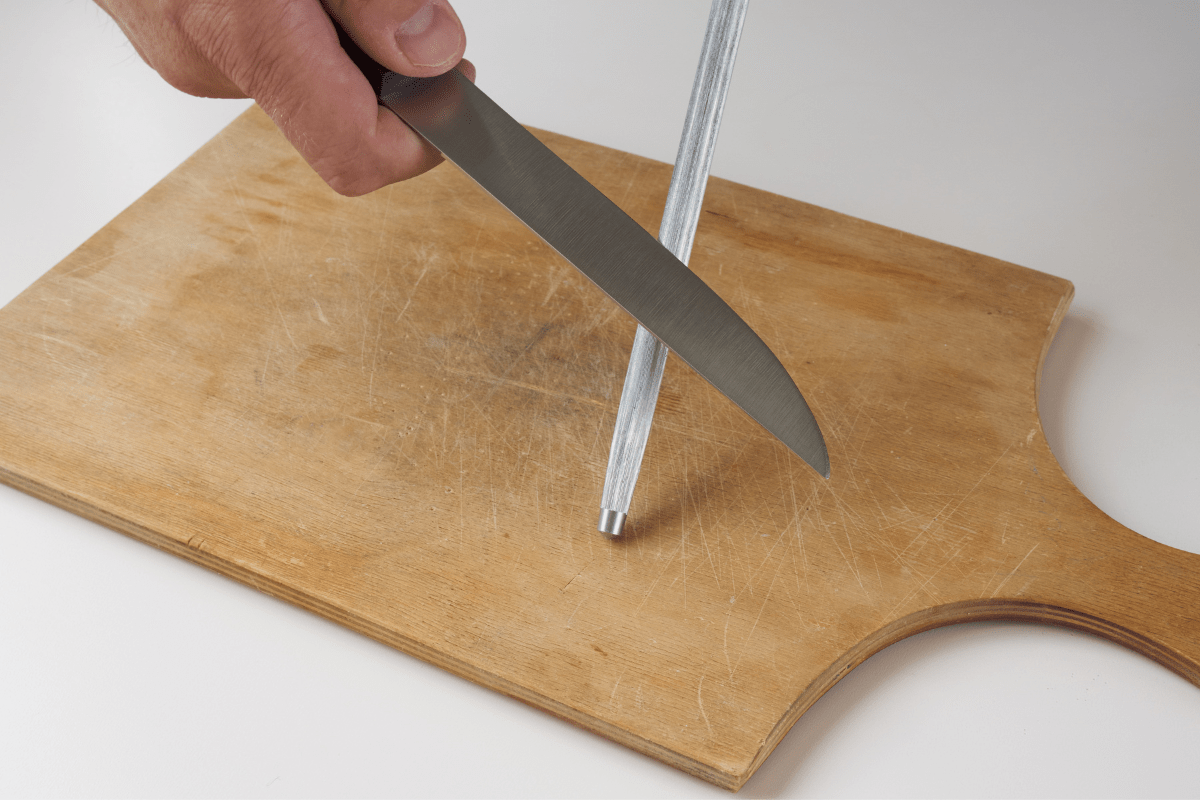
Items to Avoid
There are several items that you should avoid using to sharpen knives. Here are four things you should not use:
- Ceramic plates or mugs: While it may seem convenient to use a ceramic plate or mug to sharpen your knife, it can actually cause more harm than good. Ceramic is a brittle material that can cause your knife’s edge to chip or become damaged.
- Glass: Similar to ceramic, glass is a hard and brittle material that can damage your knife’s edge. It can also create micro-serrations on the edge, which can make it more difficult to sharpen in the future.
- Concrete: Using concrete to sharpen your knife can cause the edge to become dull or damaged. These surfaces are too abrasive and can remove too much material from the knife’s edge.
- Oil or lubricants not designed for sharpening: While using oil or other lubricants can help make the sharpening process smoother, it’s important to use products specifically designed for sharpening. Using the wrong type of oil or lubricant can leave a residue on your knife, making it difficult to clean and potentially affecting the way it cuts.

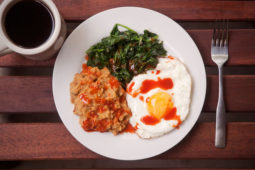

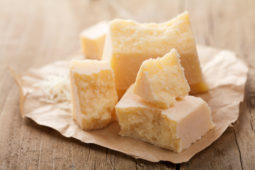

![How to Make Perfect Salmon Jerky [No Dehydrator Required]](https://www.manmadediy.com/wp-content/uploads/sites/52/2020/11/how-to-make-the-perfect-homemade-salmon-jerky-94084-128x170.jpeg)


